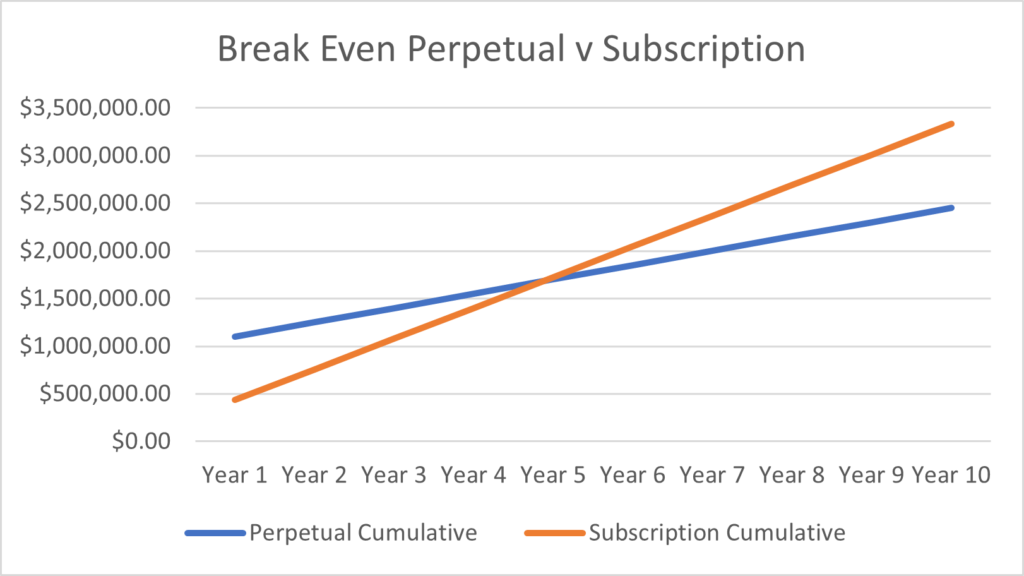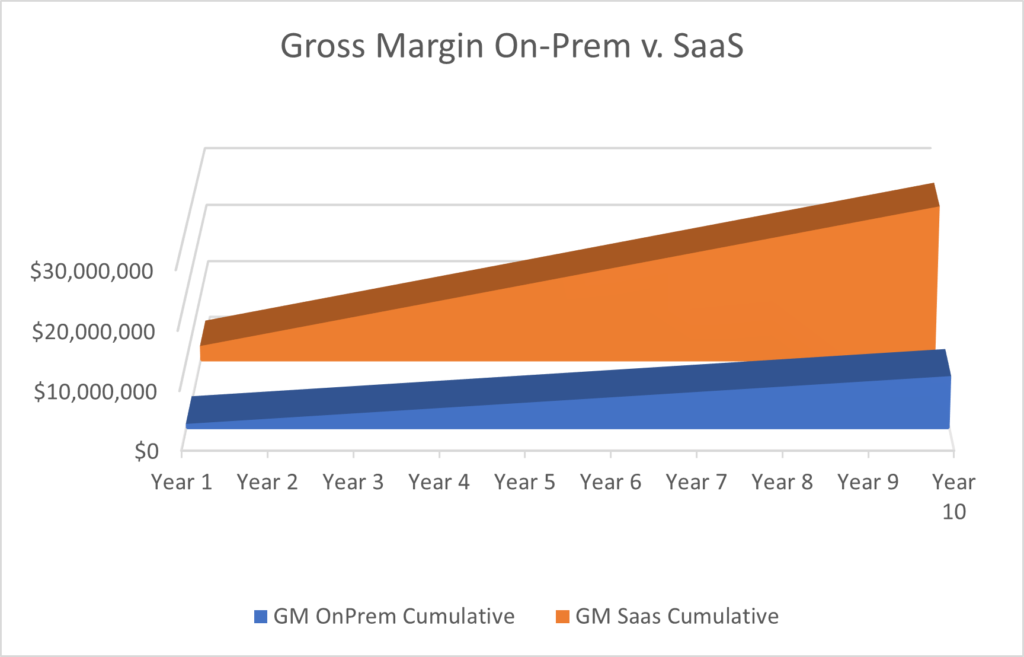POST UPDATE: As recently validated in the Wall Street Journal article It’s Time to Get Rid of the IT Department, many facets of IT should be revisited including its relationship with the CFO.
In the arc of technology management, IT procurement had moved from a line item on various department budgets, to a central control under the CFO. Then, with the help of too many vendors and consultants, a new role of the CIO has grown in stature to become a C-Suite position, assuming responsibility for all technology procurement. However, due to a lack of proper process, partnership, and financial experience, this has created a siloed approach and an overarching issue with IT purchasing. It’s time for the CFO to exert more rigorous control over IT spend and a survey by Augmented Financial Technology of 122 CFO’s across 7 different verticals consistently finds that they should no longer be ignoring this issue.
In the survey, at least 63% were able to say with either moderate or high certainty that the organization was receiving some benefit from the dollars spent on all technology purchases. However, less than 1 out of 10 have any certainty that their organization utilizes even half of the capabilities of these purchases. This can mean one of two things. Either the solution purchased was over-designed or the original problem that needed solving has expanded beyond the scope of the original purchase. I am sure everyone can relate to the former – how many go beyond the use of pivot tables in Excel, and yet can’t buy a basic version of it. In the case of the latter, this is usually a symptom of product development not keeping up with user needs or a seismic shift in organizational requirements (for example in security solutions, where new break in/penetration modes are exposed).
It was encouraging that the survey found that a comfortable majority (83%) of respondents reported that they either agreed or strongly agreed that the technology stakeholders in their organization considered themselves financial stewards of the organization. However only 11% responded that the Finance team is invited to participate in any technology discussions until it is time to move forward with the purchase or approval. This is consistent with most other findings that for the most part there is strong cohesion in managing finances for the organizations, but that technology experts don’t value the input of financial experts during decision making. Often the “use it or lose it” restrictions within some budget planning are why such tension exists, but it may also be because when asked to participate early, the buck is usually passed on to the most junior member on the Finance team and it is made to seem perfunctory.
The final pair of questions showed that in this sample set 100% of the respondents said that the IT budgets were bottom up, but that all of these were constructed through a growth factor applied and through new pricing gathered from vendors. This approach has a negative impact on any strategic approach, one in which a risk or NPV type calculation could be run to compare projects within IT as well as across the corporation to identify what should be funded or not. For example, is it always necessary to purchase support and maintenance and if so, is it necessary to purchase the premium version? Is this assessed annually or once purchased does it just become an automatic cost?
The findings of this survey identify that though the IT team has both great technical know how and good intentions viz-a-viz the overall well being of the company, the lack of a direct reporting relationship to the Finance organization breeds a siloed approach that presages cost inefficiencies.







